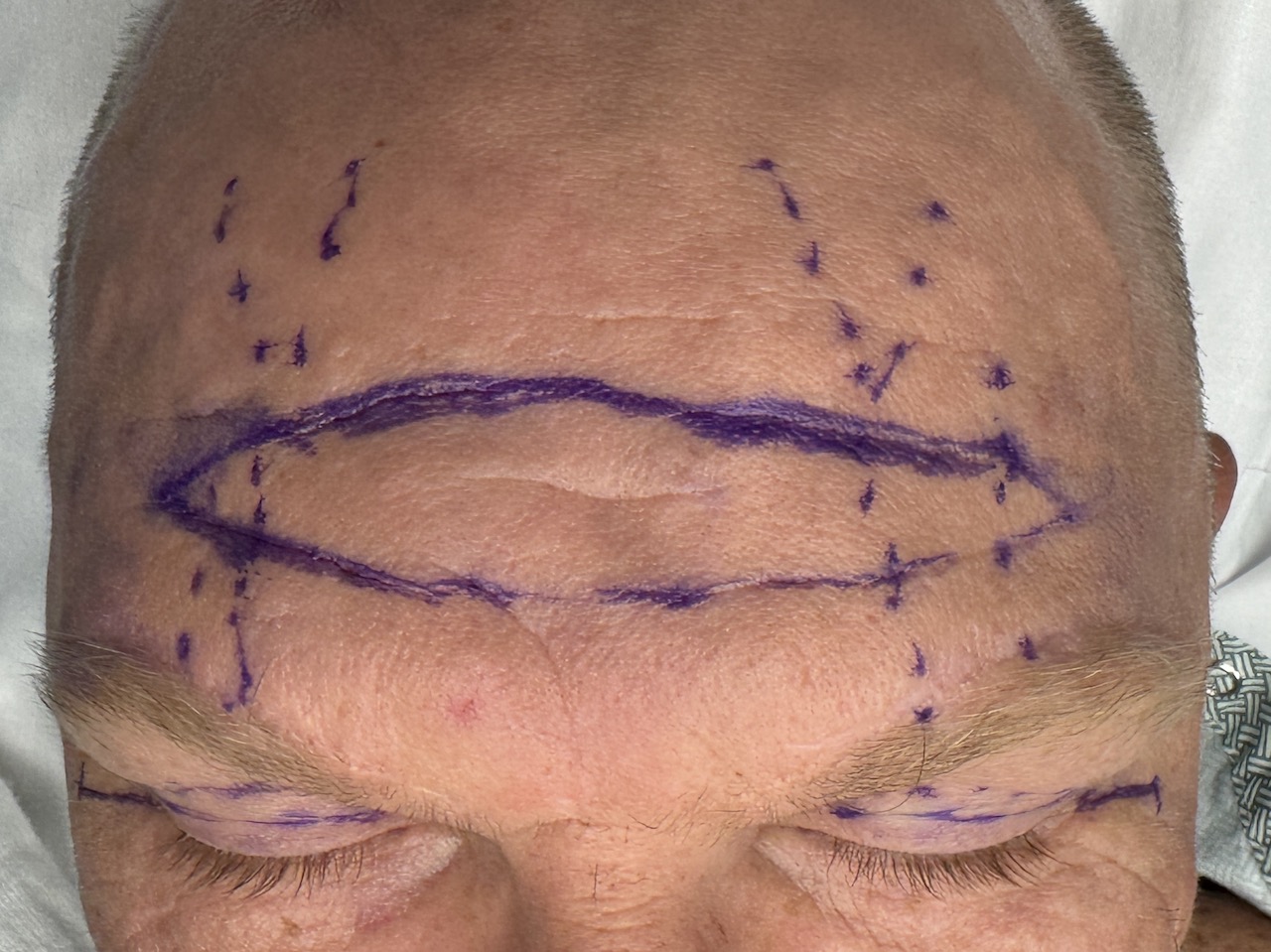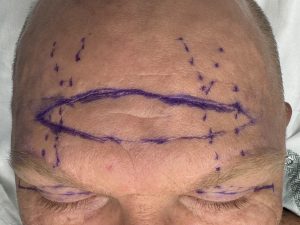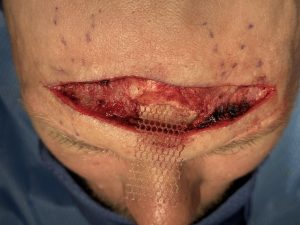Background: Correction of brow ptosis is one of the most common rejuvenative procedures of the upper third of the face. There are a wide variety of techniques to do so most of which are based on a superior lifting concept. Limited incision endoscopic techniques dominate but also frontal hairline and now rarely performed coronal excisional methods can also be used. Most of such browlifts are performed in females with reasonable to good hairlines and densities.
Browlifting in men, however, poses a unique brow lifting challenge which is really magnified when no hair exists or the frontal hairline is significantly retruded. In such male patients the traditional hairline or retro hairline superior lifting methods can not be used due to the location of the scarring. The browlift technique must be modified to either a more direct superior approach or an inferior transpalpebral (upper eyelid) technique.
In men with mild brow ptosis that is more laterally based the transpalpebral endotine browlift technique has value as a scar-free method. But when the brow ptosis is centrally based (between the pupil or in the glabellar region) the only option is a mid-forehead excisional method. This is a well established technique that has its merits, usually in older patients, but really in any age male patient that has one or several well indented horizontal wrinkle lines. While effective the tradeoff, of course, is the scar line with the objective the in the long run it is just seen as a deep wrinkle line that approximates what already exists.
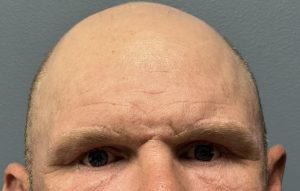
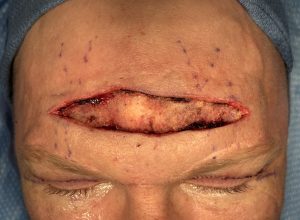
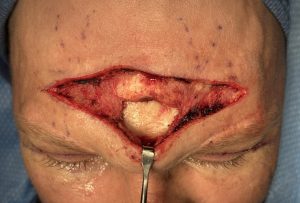
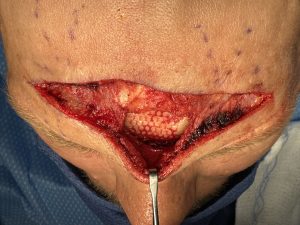
T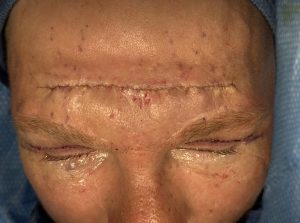
Highlights:
- In shaved head males brow lifting is relegated to more direct superior and inferior techniques.
- With glabellar or central brow ptosis the mid-forehead lift provides the only effective method albeit with the tradeoff of a horizontal wrinkle line scar.
- The
Dr. Barry Eppley
World-Renowned Plastic Surgeon

